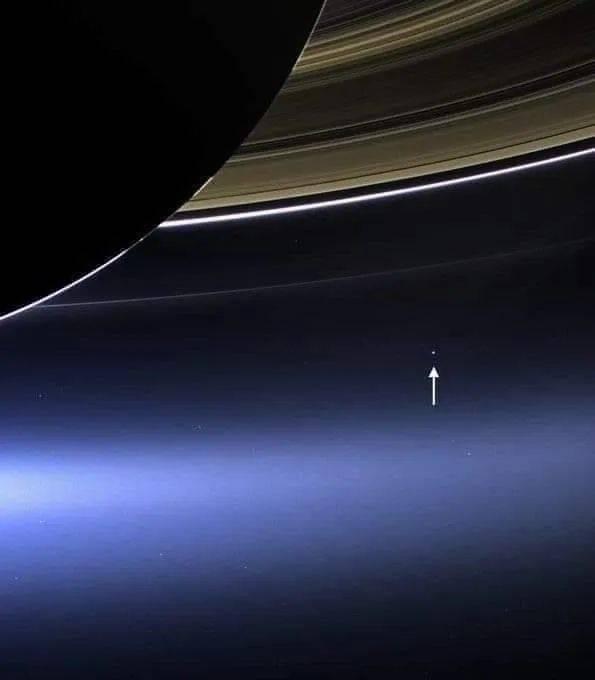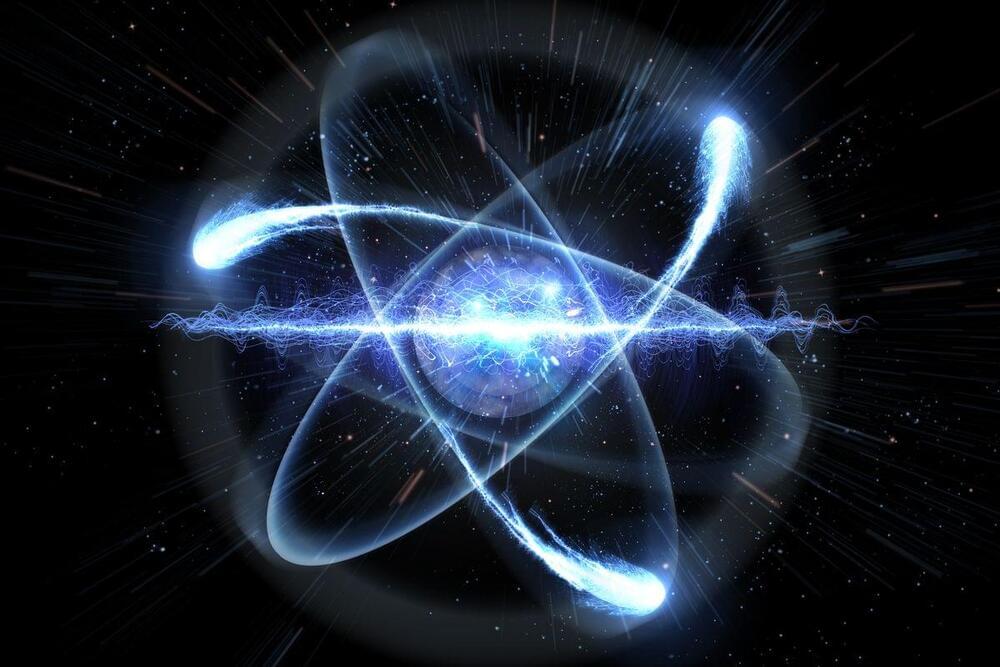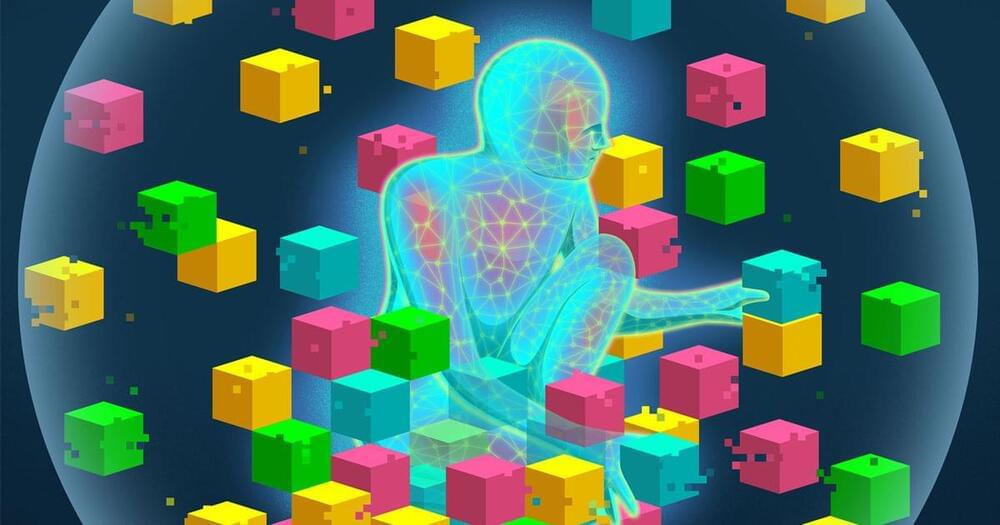Jun 25, 2022
What’s Going To Happen To The Millions Of Electric Car Batteries After Their Lifespans End?
Posted by Genevieve Klien in categories: sustainability, transportation
While electric vehicles promise a green future, the batteries that power them don’t boast the same level of sustainability.
While driving electric vehicles is a step towards a greener future, the car batteries that power them are not as sustainable. Though the battery is at the heart of any EV, most are made from lithium-ion and have a limited lifespan that starts to degrade from the first time you charge them. So what happens when they reach capacity?
The cycle of charging and discharging causes them lose energy and power. The more charge cycles a battery goes through, the faster it will degrade. Once batteries reach 70 or 80% of their capacity, which happens around either 5 to 8 years or after 100,000 miles of driving, they have to be replaced, according to Science Direct.

















